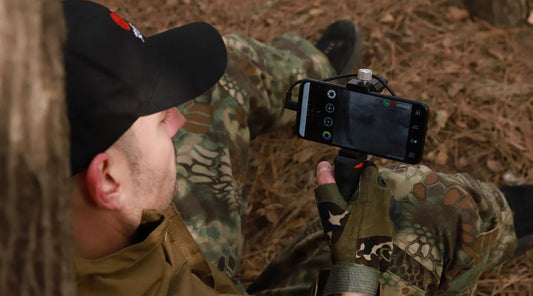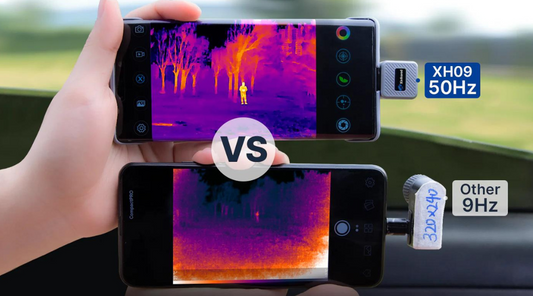Thermal Imaging Technology in Pipeline Inspection
Maintaining the integrity of the pipeline is crucial for ensuring the efficient and safe transportation of various substances, which is pivotal for urban operation and economic development. Once the pipeline cracks or breaks, it can lead to material leakage, environmental pollution, and significant economic losses. If these hidden dangers are not discovered and repaired in time could also pose a threat to public safety.

It is in such an industry that the integrity of pipelines is highly demanding that thermal imaging technology demonstrates its unique value. This technology can accurately capture subtle temperature changes along the pipeline, revealing problems that are difficult to detect with the naked eye. Thermal imaging enables engineers and technicians to accurately locate abnormal hot spots on the surface of pipelines, quickly identifying a range of potential failure modes such as corrosion, leakage, and poor insulation. This instant and accurate inspection method greatly improves the safety and reliability of the pipeline system, making pipeline maintenance easier and more efficient.
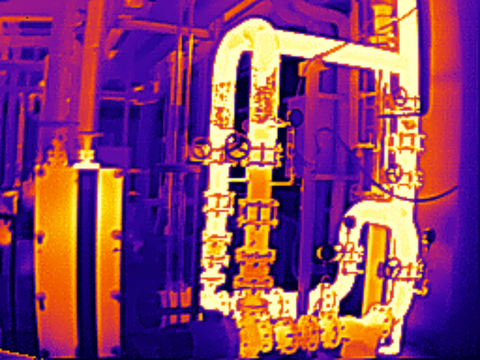
In traditional pipeline inspection methods, invasive operations are often required on the pipeline, which may damage equipment and delay construction progress. In contrast, thermal cameras offer a non-destructive solution for pipeline inspection. With this technology, inspectors can remotely monitor the real-time status of the pipeline and capture clear thermal images. Another advantage of using a thermal camera to inspect pipelines is that it helps operators detect and deal with potential safety issues promptly to avoid accidents, explosions, or fires.
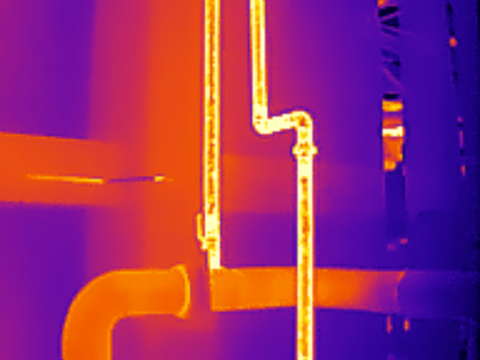
Thermal imaging technology is particularly important in the field of pipeline inspection, providing an efficient and economical solution for the maintenance of pipeline systems. The thermal camera can accurately capture the temperature difference caused by the leak. These subtle temperature changes are crucial for operators because they can be used to indicate the location of a leak. In addition, thermal imaging can detect temperature change areas caused by rust or deterioration, which can help identify potential areas of corrosion. Once corrosion is identified, repair or replacement measures can be taken promptly to maintain the functionality of the pipe and extend its life. By using thermal imaging, operators can address leaks promptly without disrupting production or service, thereby preventing environmental pollution and minimizing additional costs and time associated with repairs.
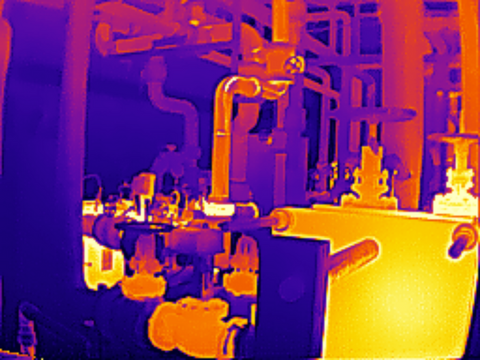
Furthermore, insulation performance is a key factor in pipe maintenance, but it is often overlooked. Inefficient insulation not only leads to energy wastage but also increases operating costs and reduces the efficiency of the entire system. Thermal imaging equipment can detect heat loss or gain along the line of the system to evaluate the insulation effect of the pipe. If insulation defects are found, they can help operators identify insulation problems promptly and take remedial action to ensure optimal operation of the pipeline system.
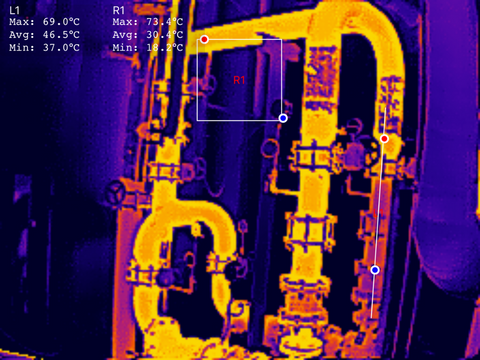
Thermal imaging technology as a non-destructive and efficient technology, plays a vital role in ensuring the integrity and reliability of pipelines. It provides a powerful and flexible tool for pipeline inspection, enabling technicians to identify and resolve various issues more effectively. By using a thermal camera, inspection efficiency can be greatly improved, unnecessary downtime can be reduced, and overall system safety can be significantly improved.



